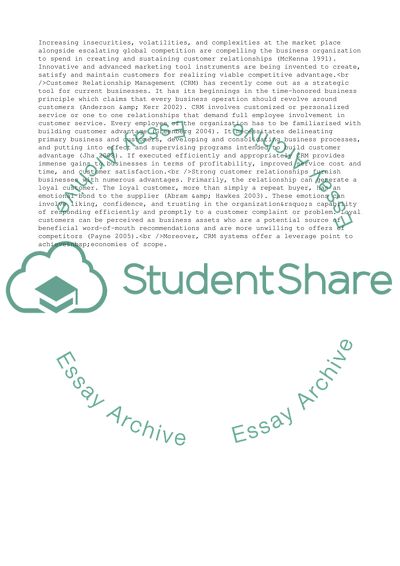Cite this document
(Customer Relationship and Sales Management Report, n.d.)
Customer Relationship and Sales Management Report. https://studentshare.org/management/1739237-module-customer-relationship-and-sales-management
Customer Relationship and Sales Management Report. https://studentshare.org/management/1739237-module-customer-relationship-and-sales-management
(Customer Relationship and Sales Management Report)
Customer Relationship and Sales Management Report. https://studentshare.org/management/1739237-module-customer-relationship-and-sales-management.
Customer Relationship and Sales Management Report. https://studentshare.org/management/1739237-module-customer-relationship-and-sales-management.
“Customer Relationship and Sales Management Report”. https://studentshare.org/management/1739237-module-customer-relationship-and-sales-management.


